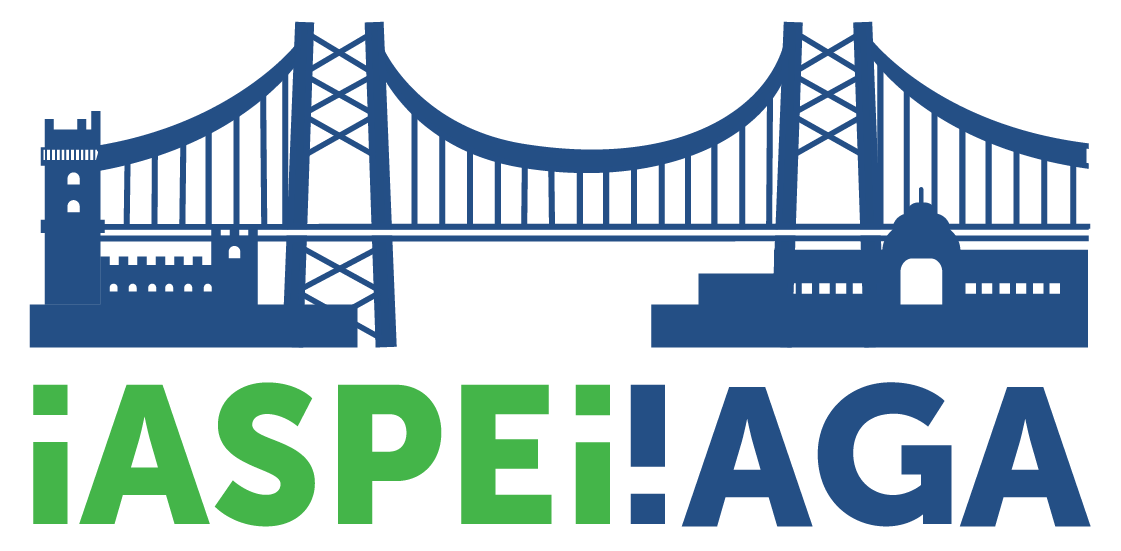IAGA Award Ceremony
About
Date: Wednesday, 3 September
Time: 11:00 – 12:30
Conveners: Andrew Yau (IAGA President) and Monika Korte (IAGA Secretary General)
The IAGA awards, IAGA Early Career Awards, IAGA Long Service Award and IAGA Shen Kuo Medal for interdisciplinary achievements will be presented in the ceremony, followed by the Shen Kuo Lecture given by this year’s medal recipient.
Shen Kuo Award for Interdisciplinary Achievements
Prof. Keke Zhang (Macau University of Science and Technology, Macau)
Lecture title: MSS Geomagnetic Satellite Constellation, Earth’s Core Convection and Real-Time Geomagnetic Modeling
Abstract:
The MSS-1 (Macau Science Satellite -1) twin satellites were successfully launched on 21 May 2023 into a nearly circular low-inclination (41 degree) orbit at an altitude of about 450 km: Satellite A carries a payload of high-precision magnetometers to accurately measure Earth’s magnetic field while Satellite B is equipped with other sensors such as a solar X-ray instrument to obtain space environmental data.
The MSS-1 is the first low-inclination geomagnetic survey satellite, providing unprecedented coverage of the South Atlantic Anomaly and local-time variations. Examination of cross-over orbits between the MSS-1 and the Swarm A shows an excellent agreement. The MSS-2 twin satellites, which are marked by strongly eccentric polar orbits with perigee about 200 km, are planned to be launched in 2027 and will form the MSS constellation of geomagnetic survey satellites.
The magnetic field measured by geomagnetic satellites consists of contribution from different sources: electric currents generated by the core convection-driven geodynamo; those induced in Earth’s electrically conducting mantle, lithosphere and oceans; magnetization of the Earth’s crust; and electric currents in the ionosphere and magnetosphere. It is widely recognized that the most important parameter, as far as the dynamics of the core geodynamo is concerned, is the Ekman number that is extremely small and that makes direct numerical simulations or forecasts of the geodynamo insurmountably difficult. No geodynamo simulations have been performed with geophysically realistic parameters and are capable of describing the spatial and temporal scales of geomagnetic observations. Moreover, other sources of contribution to the magnetic field measured by geomagnetic survey satellites remain poorly understood.
High-precision measurements of the global geomagnetic field can be employed to probe the Earth’s coupled magnetic system from the core geodynamo to magnetosphere. I will provide an introduction to the MSS constellation of geomagnetic survey satellites, including its orbit design, scientific payloads and related scientific objectives. I will illustrate that, on the basis of accurate geomagnetic measurements via modern geomagnetic survey satellites such as the MSS and Swarm, both constraints on the three-dimensional model of the Earth’s core convective flow and the temporal-spatial magnetic structure generated by oceans tidal flow with realistic geometry can be obtained. I will also show that a physically constrained comprehensive geomagnetic field model in real time may be constructed along with a reliable separation of the core geodynamo field from other contributions.
